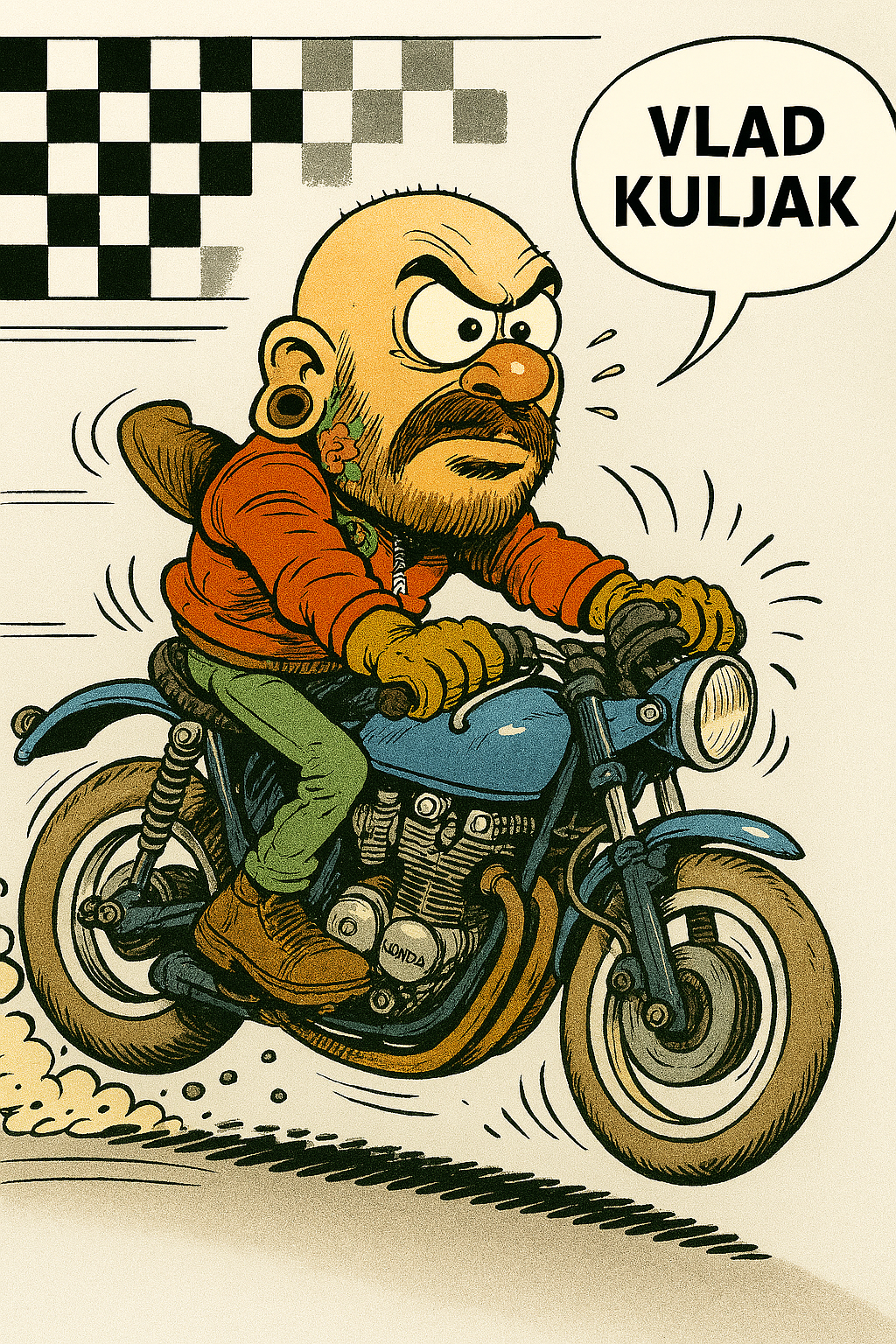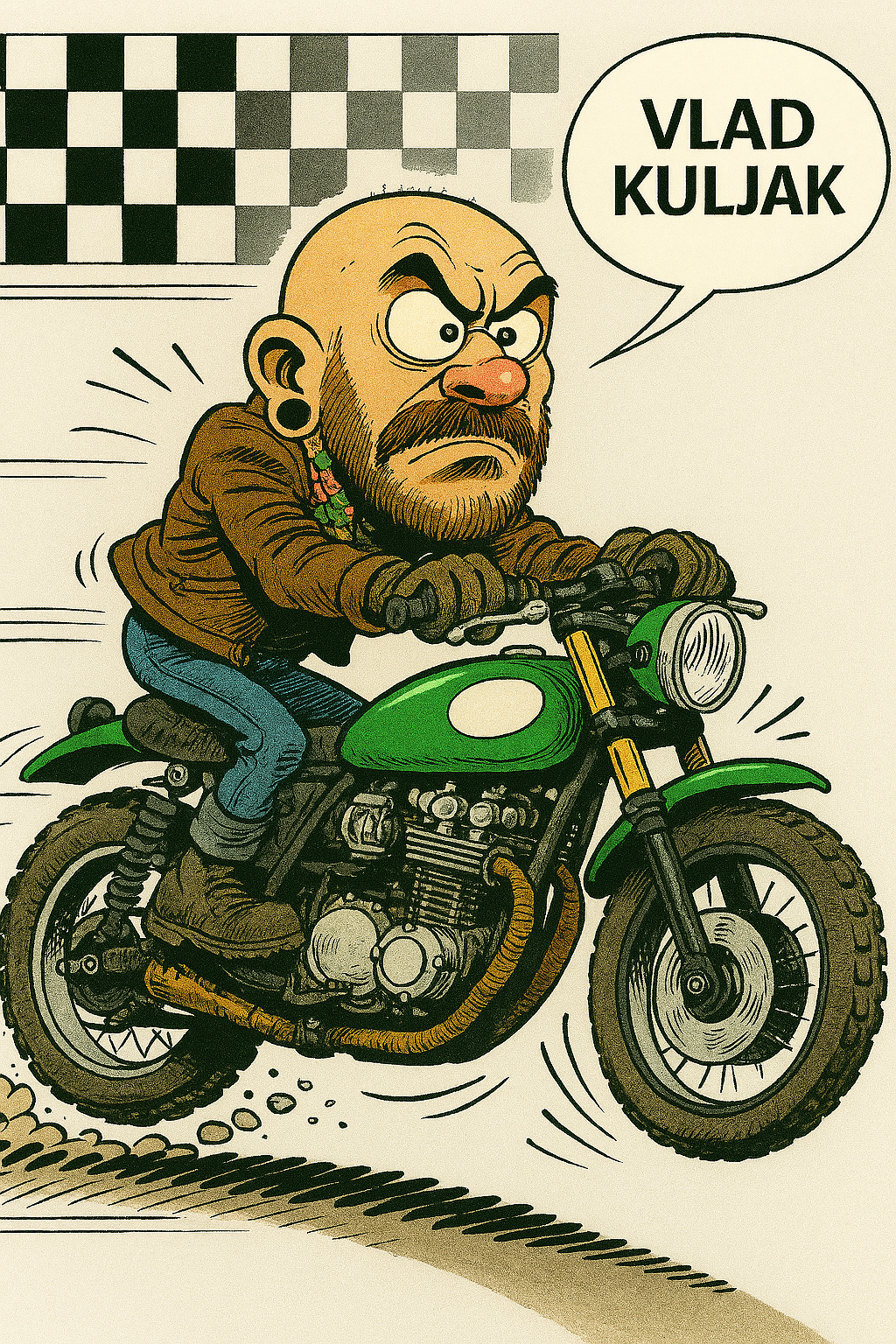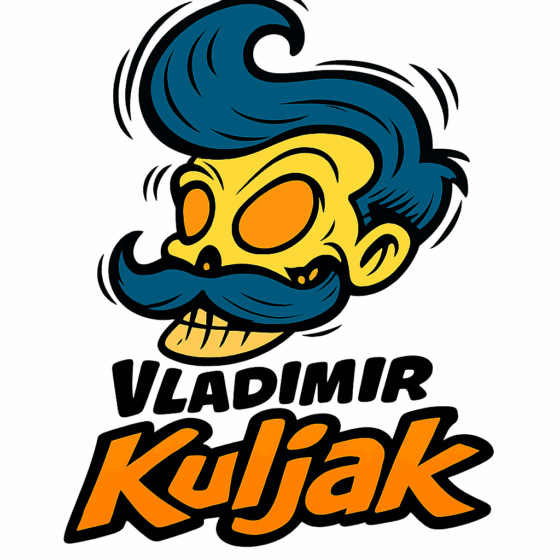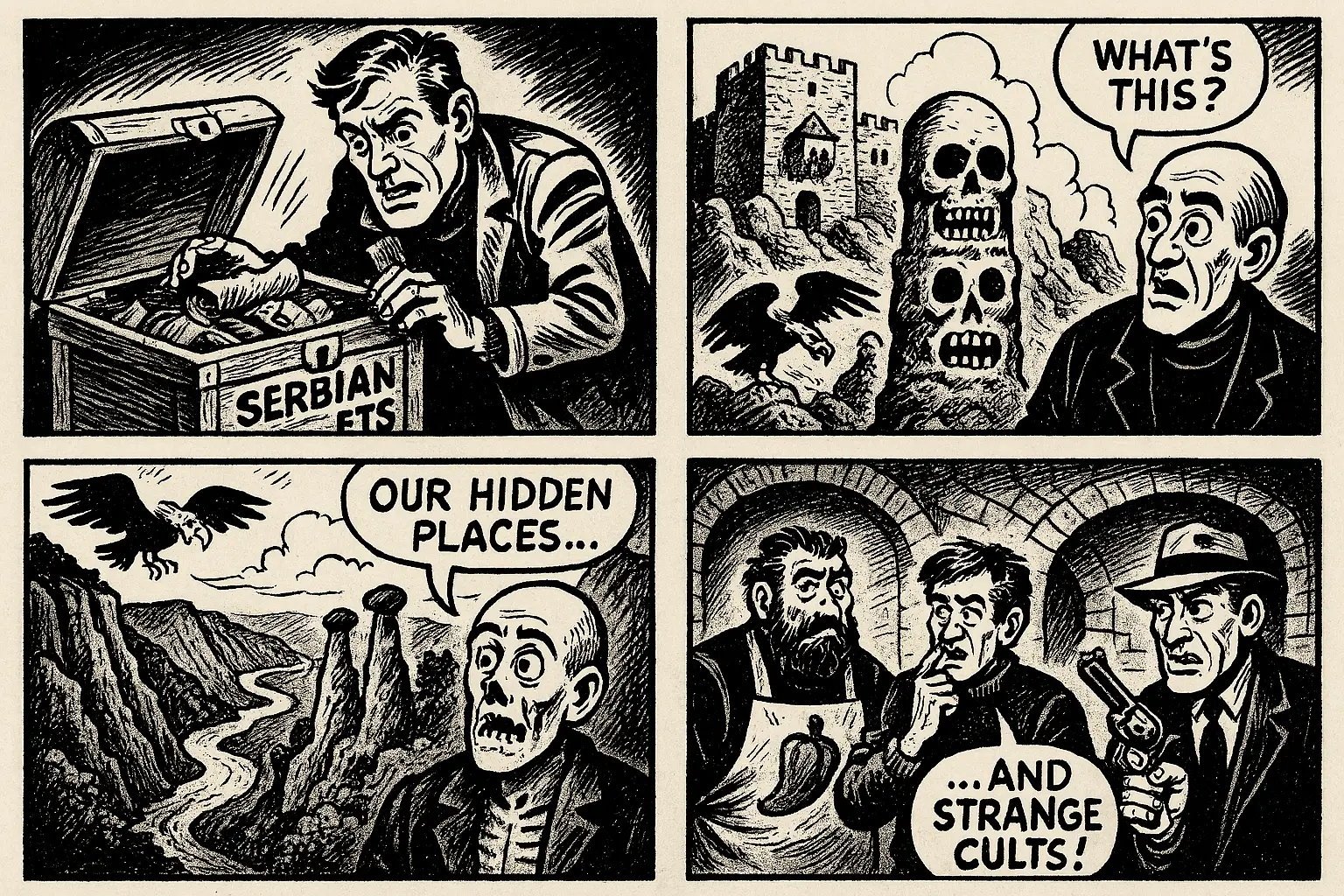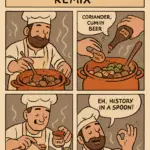Serbian mythology

🧙♂️ Serbian mythology is a rich tapestry of eerie, enchanting, and often fearsome beings woven from centuries of folk storytelling. Here are some of the most iconic mythical creatures from Serbian lore:🌲 Vile (Fairies)
- Ethereal women with long hair and white dresses, often winged
- Guardians of nature—found in forests, rivers, and mountains
- Can bless or curse humans depending on how they’re treated
- Famous figure: Vila Ravijojla, ally of hero Marko Kraljević
- Serpent-like monster with multiple heads (often 3, 7, or 9)
- Breathes fire and roars thunderously
- Dwells in caves, lakes, or swamps
- Defeated in tales by heroes like Saint George
- Similar to Aždaja but more elusive and stormy
- Brings hail, devours crops, and causes natural disasters
- Sometimes described as pale-faced or invisible
- Serbian saying: “Proždrljiv si kao ala” (“You’re voracious like an Ala”)
- The only Serbian word adopted globally
- Originated in Balkan folklore long before Bram Stoker
- Often depicted as revenants feeding on the living
- Inspired countless horror stories worldwide
- Human who transforms into a wolf-like creature
- Associated with curses, full moons, and primal rage
- Sometimes confused with vampires in older tales
- A ghostly child spirit, born from an unbaptized soul
- Screeches in the night, foretelling death or misfortune
- Said to appear near graveyards or rivers
- Southern Slavic boogeywoman—not to be confused with Baba Yaga
- Used to scare children into behaving
- Lurks in dark corners and under beds
- Origins & Lore: Vile are ethereal beings tied to nature’s sacred rhythms. They dance in moonlit circles (vilino kolo) and guard forests, rivers, and mountains. If you disturb their realm—cutting trees or stepping into their dance—you risk their wrath.
- Symbolism: They represent feminine power, wild beauty, and the duality of grace and vengeance.
- Poetic riff: She weaves wind into warnings, her laughter a blade in the birch— tread softly, for the forest remembers.
- Origins & Lore: Aždaja is a monstrous serpent-dragon with 3, 7, or 9 heads, breathing fire and chaos. It lurks in caves and swamps, waiting to devour livestock or challenge heroes.
- Heroic Tales: Saint George slays the Aždaja to save a village—a classic tale of good vs. evil. Another tale, Aždaja i carev sin, pits the dragon against a tsar’s son in a moral battle.
- Symbolism: Embodies primal fear, chaos, and the trials one must overcome to grow.
- Tattoo concept: A coiled dragon with three heads, each representing a different fear—loss, rage, and silence.
- Origins & Lore: Often mistaken for Aždaja, Ala is more elusive—sometimes invisible, sometimes pale-faced. It brings hailstorms and devours crops.
- Cultural Saying: “Proždrljiv si kao ala” (“You’re voracious like an Ala”)—used to describe insatiable hunger.
- Symbolism: Represents natural unpredictability and the destructive side of abundance.
- Visual riff: A swirling storm with a ghostly face hidden in the clouds, mouth open wide.
- Origins & Lore: The word vampir is the only Serbian word adopted worldwide. These undead beings rise from graves to drink blood. The tale of Sava Savanović, from Milovan Glišić’s Posle devedeset godina, inspired the film Leptirica.
- Symbolism: Death, guilt, and the fear of unresolved legacies.
- Protection Rituals: Garlic, holy water, and wooden stakes.
- Poetic riff: He knocks not once, but thrice— and each time, memory answers.
- Origins & Lore: A fusion of vuk (wolf) and dlaka (hair), this werewolf is a cursed human with blood-red eyes and fur-covered rage. Unlike vampires, vukodlaks are alive and transform under duress.
- Symbolism: Inner turmoil, primal instinct, and the struggle between civility and wildness.
- Folk Belief: Touching them with iron or silver can break the curse.
- Tattoo riff: A split-face design—half human, half snarling wolf, with silver veins running through.
- Origins & Lore: Born from the soul of an unbaptized child, Drekavac shrieks in the night, foretelling death or misfortune. Said to haunt graveyards and riverbanks.
- Symbolism: Guilt, forgotten rituals, and the consequences of neglect.
- Poetic riff: A cry with no cradle, a name never spoken— he echoes where silence should sleep.
- Origins & Lore: Derived from baba (grandma) and rog (horn), Baba Roga is the Serbian boogeywoman. She hides under beds and in dark corners, punishing misbehaving children.
- Symbolism: Discipline, fear of the unknown, and maternal shadow.
- Visual riff: A hunched figure with a single twisted horn, clutching a lantern that glows with children’s forgotten dreams.
- Unlike the fiery Aždaja, the Zmaj is a noble, protective dragon.
- Often linked to heroes or wise sages, guarding villages or sacred sites.
- Comic riff: Wears reading glasses and lectures the others on ethics while sipping plum rakija.
- A cunning sorceress who brews potions and meddles in fate.
- Sometimes helpful, sometimes vengeful—depends on her mood and the moon.
- Visual twist: Has a cauldron labeled “HR Policy” and turns complaints into frogs.
- A creature with a human body, dog’s head, and iron teeth.
- Feeds on corpses and guards cursed places.
- Comic gag: Works night security at the haunted mill, constantly chasing his own tail.
- A protective spirit of the home, often mischievous if disrespected.
- Leaves signs like misplaced keys or flickering lights.
- Comic role: Passive-aggressively rearranges furniture and critiques everyone’s feng shui.
- A hairy, horned creature that roams during the Twelve Days of Christmas.
- Known for scaring children and stealing food.
- Comic riff: Shows up late to the barbecue, demands gluten-free ajvar, and complains about seasonal work.
Discover more from Vladimir Kuljak
Subscribe to get the latest posts sent to your email.
Related Posts
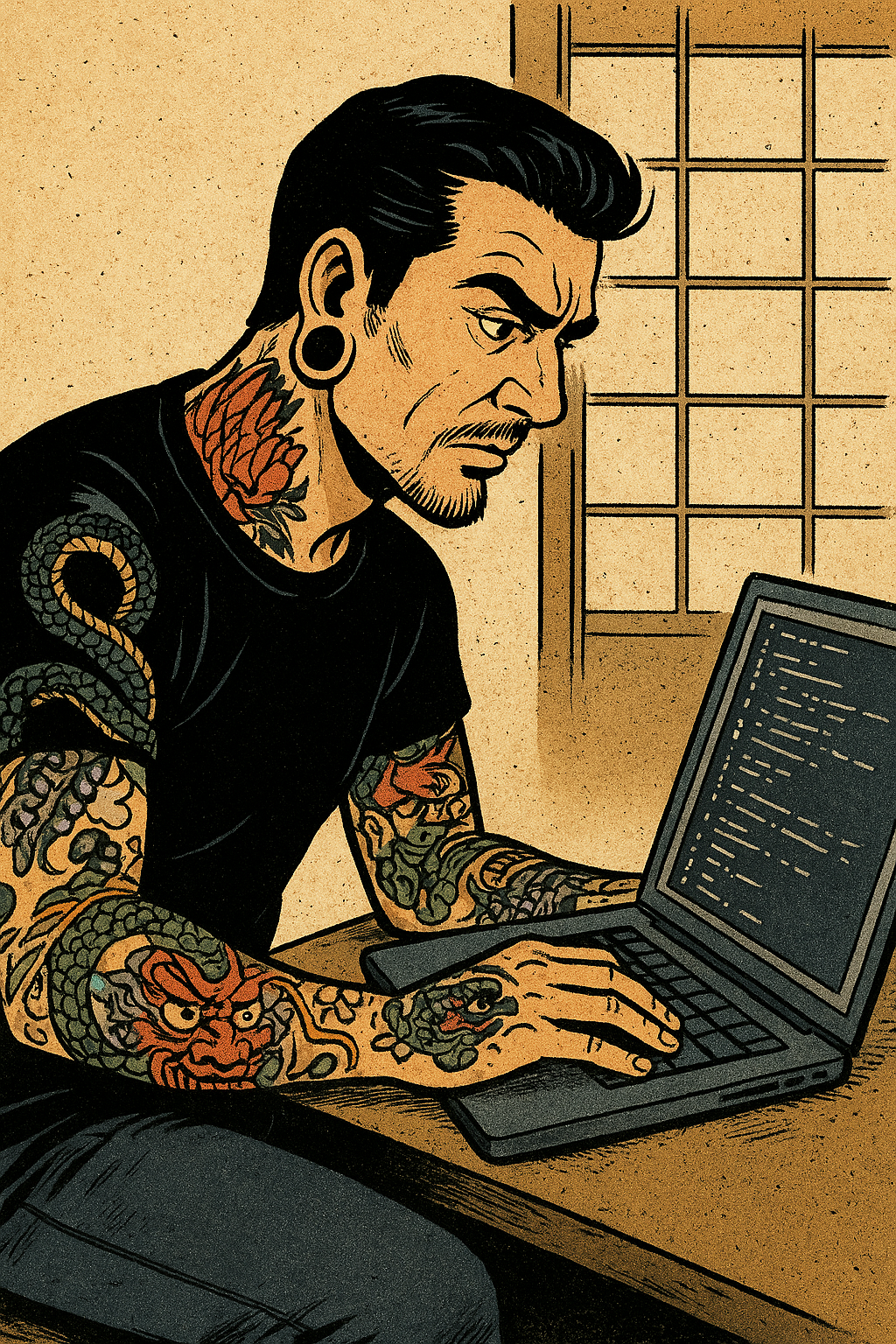
🔥 Forging the Digital Sigil: Building Jon Bush’s Mythic Web Presence
This fall, I’ve been deep in the forge—hammering pixels, refining motifs, and channeling narrative fire into a new digital home…
![]()
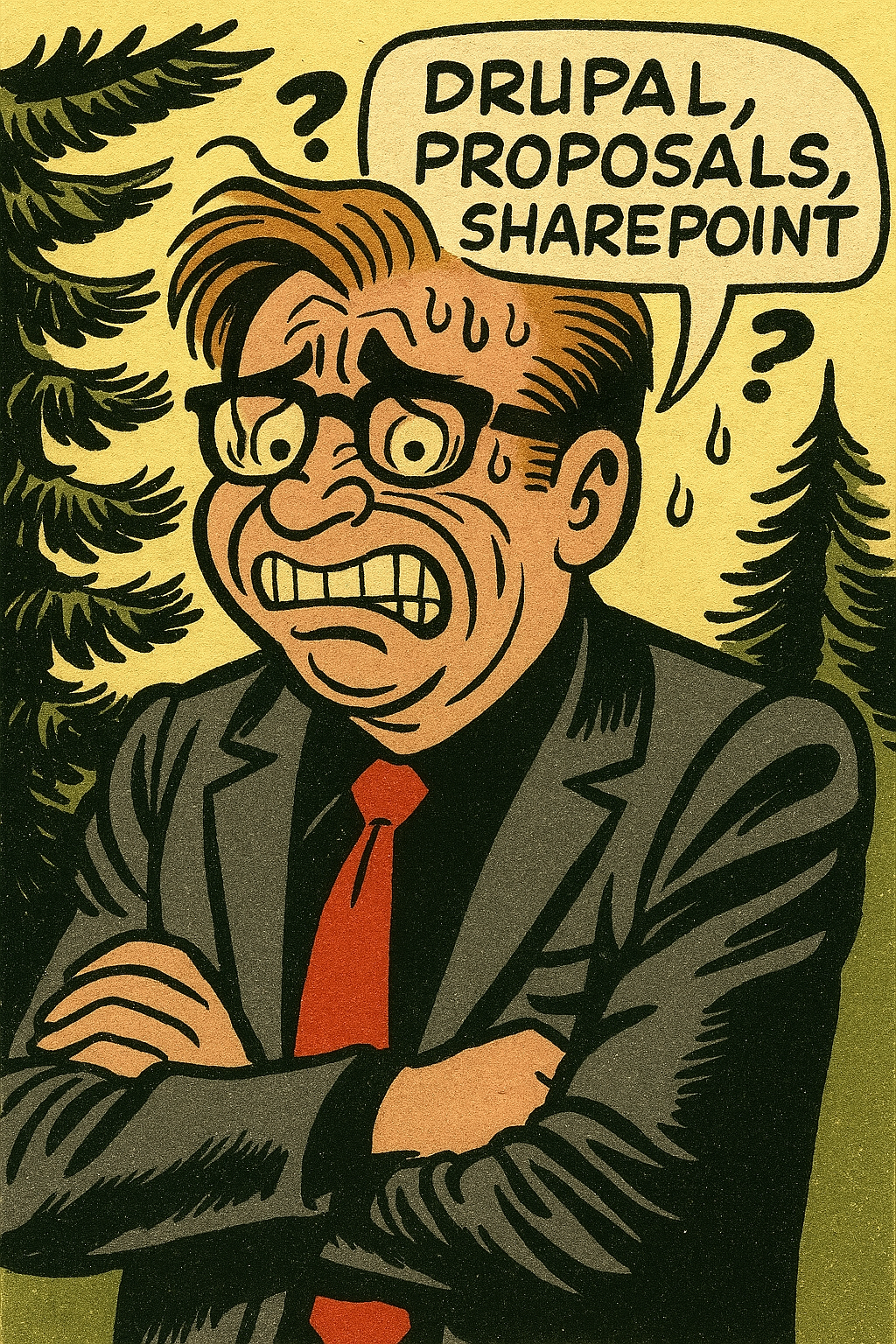
🧠 Marketing That Moves: Tips for Strategists Who Refuse to Stand Still
In today’s digital landscape, marketing isn’t just about visibility—it’s about velocity. The best campaigns don’t just reach audiences; they evolve…
![]()

